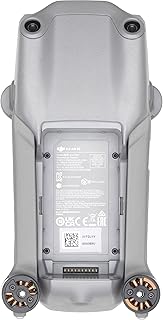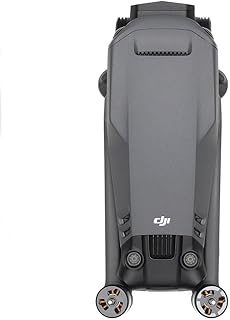RotorLogic Drone: Safety Features and Regulations
While you haven't provided specific details about a "RotorLogic Drone," I can provide a general overview of safety features and regulations commonly found in drones:
Safety Features:
* GPS Navigation: Most drones use GPS to maintain their position and return to their takeoff point. This helps prevent them from flying out of control or getting lost.
* Obstacle Avoidance: Some drones are equipped with sensors that detect obstacles in their flight path. These sensors help avoid collisions with objects like trees, buildings, and other aircraft.
* Return-to-Home: This feature allows the drone to automatically return to its takeoff point if it loses contact with the pilot, runs low on battery, or encounters an issue.
* Geofencing: Many drones can be programmed to avoid flying into restricted airspace, such as near airports or military bases.
* Emergency Landing: In case of a critical malfunction, the drone can be programmed to automatically land in the safest location.
* Battery Monitoring: Drones are equipped with battery management systems that warn the pilot when the battery is running low.
* Redundant Systems: Many drones have backup systems to ensure functionality in case of a failure.
* Propeller Guards: Some drones have propeller guards that help protect people from injury in case of a collision.
* Anti-Collision Lights: Drones may be equipped with bright lights to help other pilots and aircraft see them.
Regulations:
Drone regulations vary significantly by country and region. In general, you'll need to:
* Register your drone: Most countries require drone owners to register their drones with the appropriate government agency.
* Obtain a pilot's license: Some countries require drone pilots to obtain a license or permit to fly certain types of drones.
* Follow airspace restrictions: You must avoid flying drones in restricted airspace, such as near airports or military bases.
* Maintain a safe distance from people and property: Avoid flying drones over crowds, sensitive infrastructure, or private property without permission.
* Follow noise regulations: Be aware of local noise ordinances and avoid operating drones in areas where they may be considered a nuisance.
* Fly responsibly: Always be aware of your surroundings and the potential risks of operating a drone.
To get more specific information on RotorLogic Drone safety features and regulations, I need additional information like:
* The specific model of RotorLogic Drone you are interested in: This will help identify the features and regulations applicable to that particular model.
* The country or region you plan to fly the drone in: Regulations vary widely from place to place.
Once you provide this information, I can provide a more detailed and accurate response.


